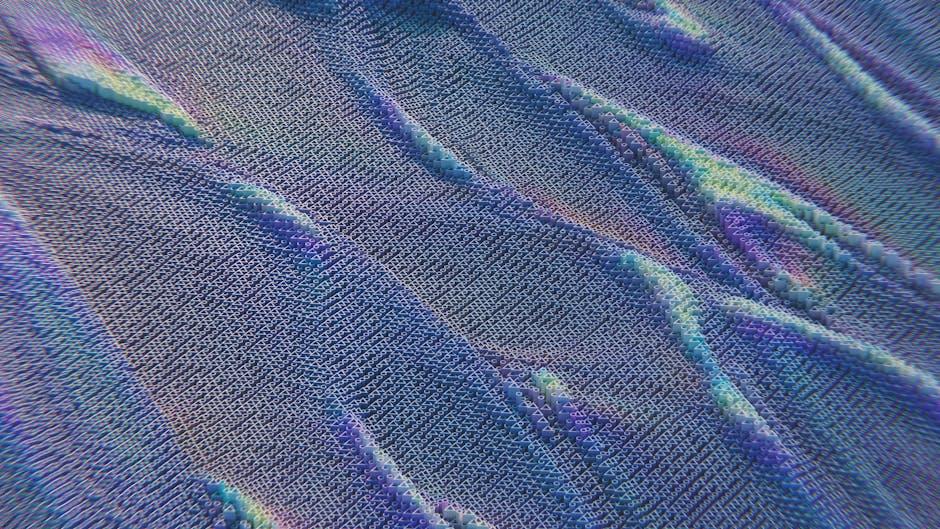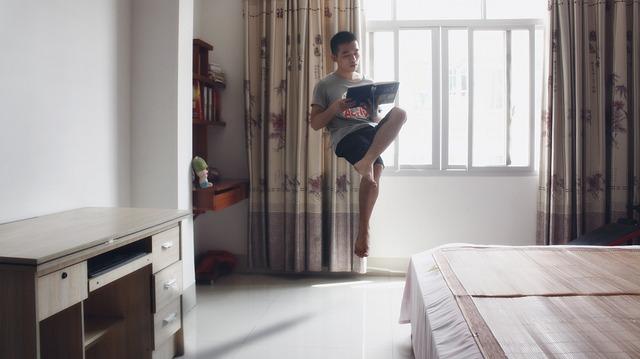In the ever-evolving tapestry of cinema, special effects serve as the magical threads that weave dreams into reality. From the flickering shadows of early silent films to the dazzling digital landscapes of today, the journey of special effects in modern filmmaking is a testament to human ingenuity and imagination. This evolution reflects not only technological advancements but also a profound shift in storytelling, where the impossible becomes possible, and the unimaginable springs vividly to life. Join us as we explore the milestones and marvels of this captivating transformation, charting a course through the history of cinematic illusions that continue to shape our visual world.
From Practical Magic to Digital Realms
In the early days of cinema, practical effects reigned supreme. Filmmakers employed innovative techniques using CGI“>miniatures, matte paintings, and puppetry to create illusions that transported audiences to fantastical worlds. This era was marked by a tangible artistry where craftsmanship was key. Directors like George Méliès and Alfred Hitchcock mastered these techniques, bringing stories to life with ingenuity and flair. These methods, though limited by the physical world, laid the foundation for the boundless possibilities we see today.
As technology advanced, the film industry witnessed a seismic shift with the advent of digital effects. The transition from practical to digital realms introduced filmmakers to an entirely new toolkit. Today, directors and visual effects artists leverage cutting-edge software and CGI to conjure breathtaking landscapes and creatures that defy the laws of nature. The digital revolution has led to:
- Seamless integration of live-action and animated elements
- Enhanced realism and detail in visual storytelling
- Expanded creative possibilities with virtual sets and environments
This evolution continues to push the boundaries of what is visually possible, captivating audiences with each frame.

The Rise of CGI and Its Transformative Impact
The introduction of Computer-Generated Imagery (CGI) has dramatically reshaped the landscape of modern filmmaking, offering a limitless canvas for creativity and innovation. No longer bound by the constraints of physical sets or practical effects, filmmakers can now craft entire worlds and bring to life fantastical creatures with astonishing realism. This technological evolution has not only enhanced visual storytelling but also democratized it, allowing filmmakers with varying budgets to experiment with ambitious narratives.
- Unprecedented Visual Realism: From hyper-realistic dinosaurs in “Jurassic Park” to the immersive universe of “Avatar,” CGI has set new benchmarks for visual storytelling.
- Creative Freedom: Directors and artists can now visualize scenes that were previously unimaginable, pushing the boundaries of what’s possible in cinema.
- Cost-Effective Solutions: While initially expensive, CGI has become more accessible, reducing costs associated with building elaborate sets or staging complex stunts.
As CGI technology continues to evolve, it promises even greater innovations, transforming the way stories are told and experienced, and cementing its place as a cornerstone of modern filmmaking.

Blending Reality and Imagination: Techniques and Trends
In the realm of modern filmmaking, the line between reality and imagination is increasingly blurred, thanks to groundbreaking techniques in special effects. Digital effects (VFX) have become a cornerstone, enabling filmmakers to create worlds that are as immersive as they are fantastical. From the seamless integration of CGI characters into live-action settings to the creation of entire universes that defy the laws of physics, the possibilities are endless.
- Augmented Reality (AR): Offers interactive experiences by superimposing computer-generated images over the real world.
- Practical Effects: Despite digital dominance, there’s a resurgence in the use of tangible effects to add authenticity.
- Virtual Production: Revolutionizes shooting with LED screens and real-time rendering, replacing traditional green screens.
These advancements are not just about spectacle; they are tools that enhance storytelling. By blending the tangible with the digital, filmmakers can craft narratives that are visually stunning and emotionally resonant, capturing audiences’ imaginations like never before.
Mastering the Craft: Essential Tools and Technologies
In the realm of modern filmmaking, the seamless blend of reality and imagination is brought to life through an array of essential tools and technologies. At the forefront is computer-generated imagery (CGI), which allows filmmakers to create stunning visual effects that were once deemed impossible. CGI is complemented by motion capture technology, capturing the nuanced performances of actors to bring digital characters to life with uncanny realism.
- 3D Modeling Software: Programs like Blender and Maya are pivotal for crafting intricate digital environments and characters.
- Green Screen Technology: Essential for transporting actors into fantastical worlds, offering limitless creative possibilities.
- Virtual Reality (VR) and Augmented Reality (AR): These technologies are increasingly being integrated into the filmmaking process, providing immersive experiences both on set and for audiences.
Additionally, practical effects remain a crucial component, marrying physical artistry with digital enhancements to create a more tactile and authentic experience. This harmonious integration of old and new technologies continues to push the boundaries of what is visually possible, shaping the future of storytelling in cinema.

